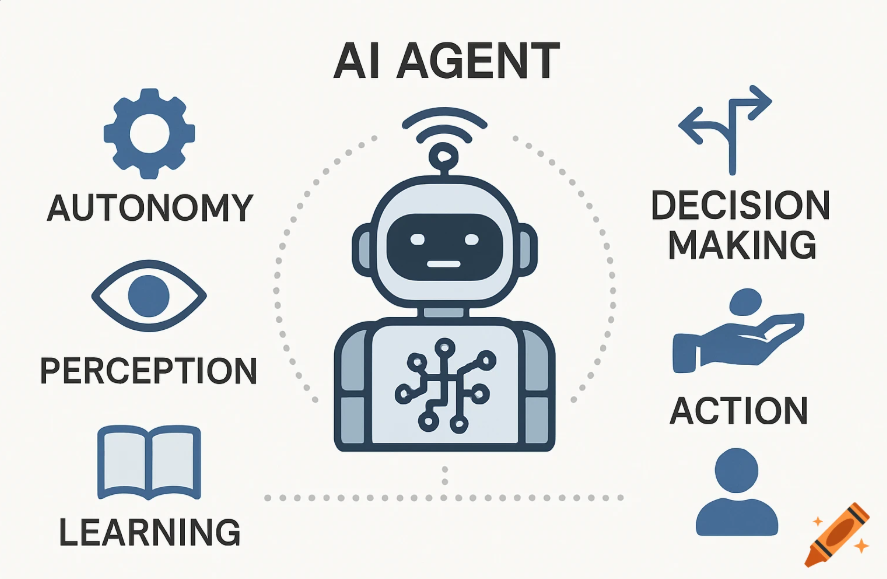Thank you for taking the time to read this article.
I’m “OZ,” and I’ll be your writer for this post.
Earlier this year, four of us who joined the company together visited Higashiyama Zoo and Botanical Gardens.
As part of a team-building event, we were given the following three missions
・Get to know our fellow new hires better
・Explore the zoo while discussing which areas could be improved with IT
・Find the sponsorship sign for the Dandelions
Get to know our fellow new hires better
The missions were super easy—almost like they didn’t even exist! Since we were already good friends at work, we completed them without any
Explore the zoo while discussing which areas could be improved with IT
This mission sparked a lot of ideas!
First, we noticed that tickets at the entrance gate were being handed out one by one in paper form. We discussed how switching to QR code tickets could reduce the workload and improve efficiency. However, some pointed out that not everyone owns a device capable of scanning QR codes, like a smartphone. Another idea was to add QR codes to the animal information signs, allowing visitors to watch videos of the animals in action or read more detailed descriptions. There was also a suggestion for a system where visitors could select the animals they want to see, and a map would display a recommended route—taking into account feeding times and other factors to create an efficient path.
Find the sponsorship sign for the Dandelions
While my teammates had been to the zoo before and seemed to know their way around, I was the only one unfamiliar with the place and ended up wandering on my own. I decided to explore without looking at the park map, just going wherever my feet took me—but then it started to rain. Without an umbrella and unable to continue exploring, I finally asked my teammates for help. Thanks to them, I was able to find my way and reach the destination.

Summary
During our visit to the zoo, I was able to bond more with my teammates and discover sides of them I hadn’t seen before, which made the experience really enjoyable. I’d never walked around while thinking about how things could be improved with IT, so it felt fresh and eye-opening. It made me wonder—maybe this is how new ideas for work are born?
That’s all for this time.
Stay tuned for the next article!























